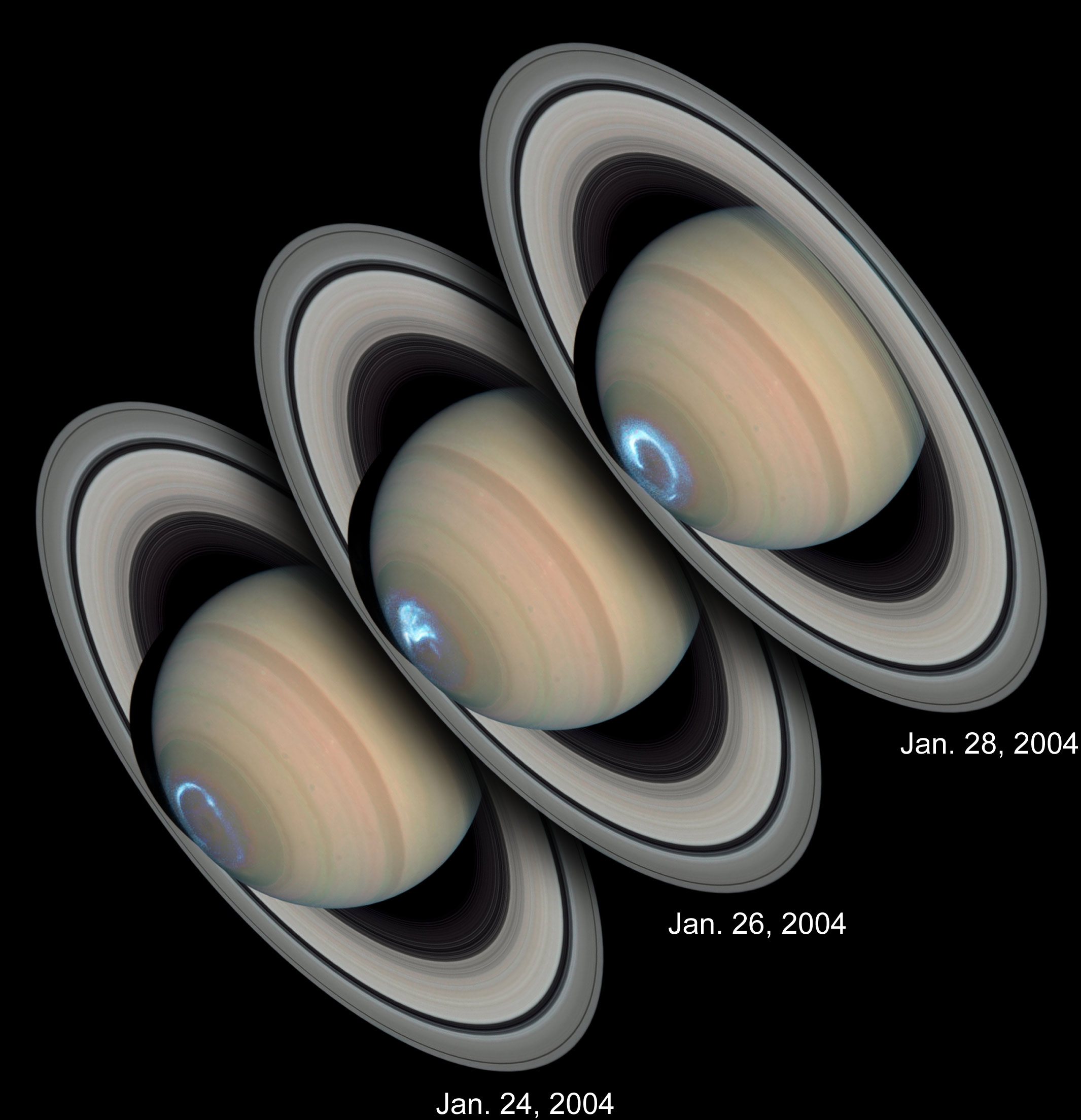NASA published pictures of the aurora on Uranus

Aurora
We aurora has several names: Aurora Borealis, the northern or southern lights, aurora simply. This phenomenon itself is very beautiful, it occurs as a result of the glow of the upper layers of the planet’s atmosphere due to interaction with charged particles of the solar wind. Aurora is characteristic not only for the Earth, but also for Jupiter, Saturn, and also, as it was recently revealed, for Uranus.
This gas giant is not written as often as the attention of the scientific community is more attracted to Jupiter and Saturn. These planets are closer to Earth than Uranus, it is easier to observe them. But NASA believes that it is necessary to study all the objects of the solar system, regardless of their distance from the Earth. Therefore, NASA and ESA scientists regularly monitor Uranus.

Uranus- The third largest planet in the solar system. The largest is Jupiter, the second largest is Saturn. Uranus is 25 362 km in diameter less than its closest "competitor". Compared to the Earth, Uranus is very large, if it were hollow, 63 Earths could be placed inside this tank. In the distance, the gas giant looks like a blue ball. If you observe it from a closer distance, you can notice clouds and other atmospheric objects and phenomena. In addition, Uranus even has rings, although not as noticeable as those of Saturn. The inclination of the axis of rotation of Uranus is 97 degrees. Perhaps, scientists say, this can be explained by the fact that the gas giant in the distant past collided with a smaller planet.
The images published by NASA show a bright aurora in the clouds of Uranus, which are in the upper layers of its atmosphere. Scientists previously observed radiance on Jupiter and Saturn, but never on Uranus. Due to the unusual configuration of its magnetosphere, auroras on this gas giant can only occur when the planet is in a specific position relative to the sun.
The first image of Uranus of acceptable quality sent to Earth by Voyager 2in 1986. Then he strove to the edge of the solar system, which the device left just a couple of years ago. During the flight of the apparatus past Uranus, the gas giant had a solstice. At this moment, the axis of rotation of the planet was facing the Sun, the magnetic poles were in a position that was close to the configuration of the Earth's poles. As a result, a rather large angle was formed with respect to the solar wind stream. All this allowed the aurora to appear on the night side of Uranus.
According toLorena Lamy from the Paris Observatory, the structure of the magnetosphere of Uranus is unique to the solar system. Because of this, observing the aurora of the planet is difficult. Such observations have to be carefully planned, waiting until the configuration of the magnetosphere is optimal, and a coronal ejection of the Sun will come to Uranus. It is a cloud of high energy particles and causes auroras.
As for the aurora, it was possible to fix it on Uranus using the Hubble telescope in 2014. The same pictures helped to see the rings of Uranus. In observations, scientists used the STIS tool (Space Telescope Imaging Spectrograph). Hubble was the first telescope with which it was possible to see the radiance on Uranus. Later, observations of the aurora on this gas giant were carried out several more times.

Aurora on Saturn, a combined image in ultraviolet and visible light (Hubble Space Telescope)
It is interesting that scientists also observed auroras on Venus and Mars, the closest neighbors of the Earth. Moreover, on Venus and Mars there is no strong magnetic field. Therefore, on the first mentioned planet, auroras appear in the form of light diffuse spots of various shapes and intensities. Sometimes aurora affects the entire planetary disk of Venus. Here they appear as a result of collisions of electrons of the solar wind and the atmosphere of the planet, so that they can be seen quite well on the night side. On Mars, auroras were first discovered on August 14, 2004 by the SPICAM instrument aboard the Mars Express. The total size of the atmosphere with this phenomenon was about 30 kilometers in diameter and 8 kilometers in height.
